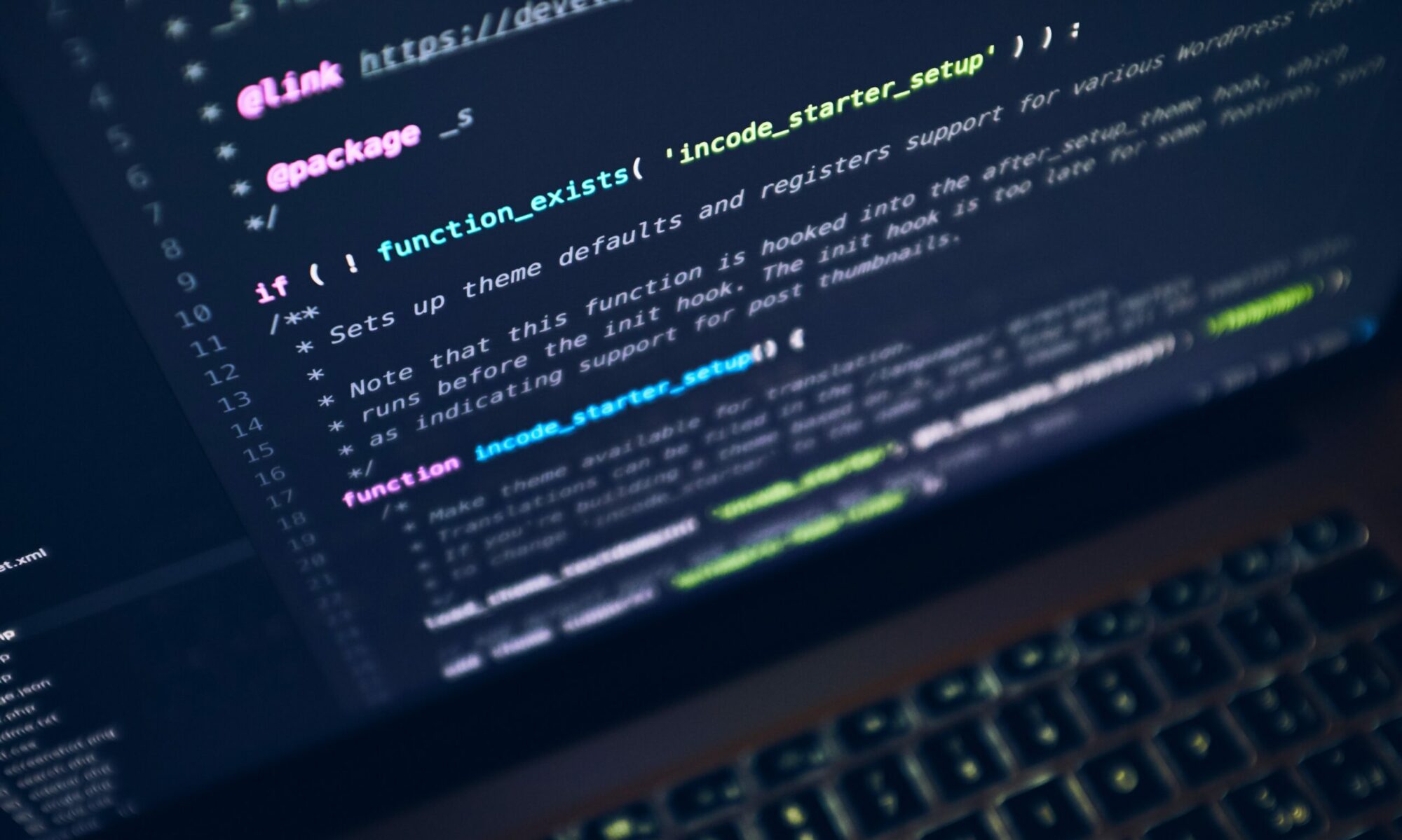
Introduction
Artificial Intelligence (AI) projects have transformed global industry operations with improved data processing and predictive analytics capabilities. However, concerns about security, data privacy, and integrity have led organizations to question their strategies before implementing AI technologies.
Main Section
The current landscape of AI implementation reveals conflicting perceptions among organizations about their readiness in using AI. Many organizations are grappling with challenges related to data quality, with about 52% facing such concerns. Furthermore, reportedly 45% of organizations have encountered unintended data exposures during their AI projects. Thus, the concerns around data privacy and integrity are valid and prevalent in the industry.
Such AI implementation challenges directly affect businesses information management (IM) strategies. According to a recent study, organizations with mature IM strategies are 1.5 times more likely to benefit from AI than those with less-developed strategies. However, fewer than half of these organizations are confident they can safely use AI, shedding light on the stark reality compared to perceptions of AI readiness.
Additional to internal data quality, organizations express concerns around data privacy and security. About 71% of organizations have these concerns prior to implementing AI. Another major challenge for organizations is maintaining an AI acceptable use policy. The lack of such policies poses significant risks, including losing intellectual property and competitive advantage.
It is not surprising that 88% of organizations claim to have an IM strategy in place. But, surprisingly, 44% of them lack basic measures such as archiving, retention policies, and lifecycle management solutions. Furthermore, just 29% of organizations automate most aspects of their IM strategy. As data volume grows, the need for stronger IM strategies becomes crucial. An overwhelming 64% of organizations manage over a petabyte of data, and 41% handle more than 500 petabytes of data.
Summary
In conclusion, security concerns continue to withhold AI projects in various organizations. To productively use AI technology, organizations need to address these challenges promptly. By improving their IM strategies and ensuring robust data privacy and security measures are in place, they can reap the full benefits of AI. As increasingly more organizations recognize the necessity of additional strategies to keep up with AI, there seems to be a promising step in the right direction.
Related links:
https://www.csoonline.com/article/2079619/security-concerns-could-be-holding-back-ai-projects.html


